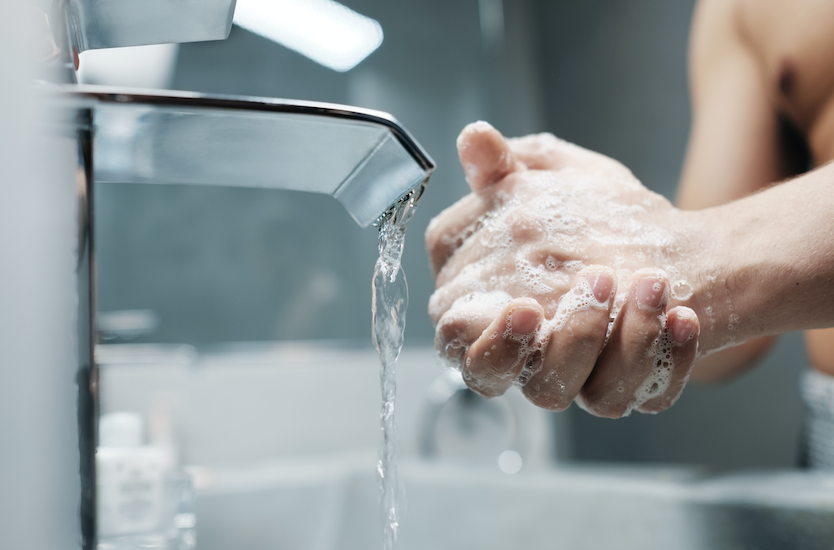
A message from CEO Betsy Craig
This note is to each and every one of the friends of MenuTrinfo. To those that love us and use our services through nutrition, allergy training, food safety training, and both product and kitchen “Certified Free From™” certifications.
A few items I want to share with you.
We touch every single area of food service today and as a result have learned a thing or two about food safety. Each of the you can make a massive difference in the country today. Share your knowledge, share these links, and share the basics of food safety and environmental safety.
Wash Hands and Surfaces Often
Wash your hands with warm water and soap for at least 20 seconds!
- Wet your hands with warm running water and apply soap.
- Rub your hands together to make a lather and scrub them well. Be sure to scrub the backs of your hands, between your fingers and under your nails.
- Continue rubbing hands for at least 20 seconds – about the time it takes to sing the “Happy Birthday” song twice.
- Rinse your hands well under running water.
- Dry your hands using a clean cloth or paper towel
Spring Clean Your Way to a Safer Kitchen
Clean vs. Sanitize: Know the Difference
It’s important to know the difference between cleaning and sanitizing. They aren’t the same thing. Both are important to help prevent the spread of harmful germs.
- Cleaning removes germs, dirt, and impurities from surfaces or objects. Cleaning works by using soap (or detergent) and water to physically remove germs from surfaces. This process does not necessarily kill germs, but by removing them, it lowers their numbers and the risk of spreading infection.
- Sanitizing lowers the number of germs on surfaces or objects. This process works by disinfecting surfaces or objects using a diluted liquid chlorine bleach solution (combine 1 tablespoon liquid chlorine bleach with 1 gallon of water in a clean bucket).



